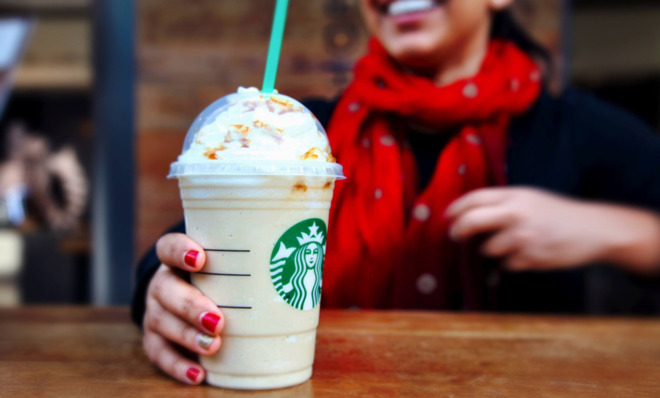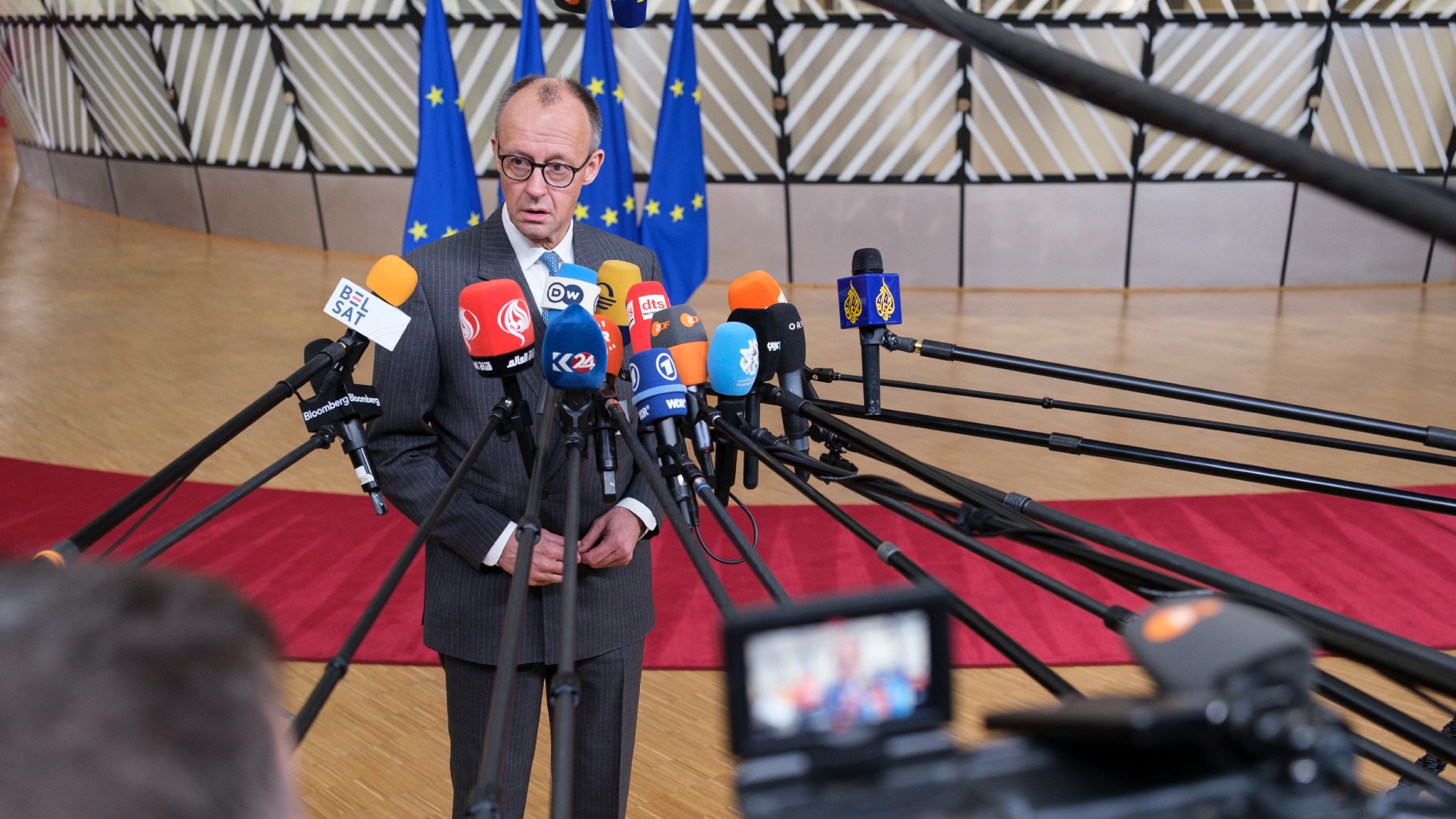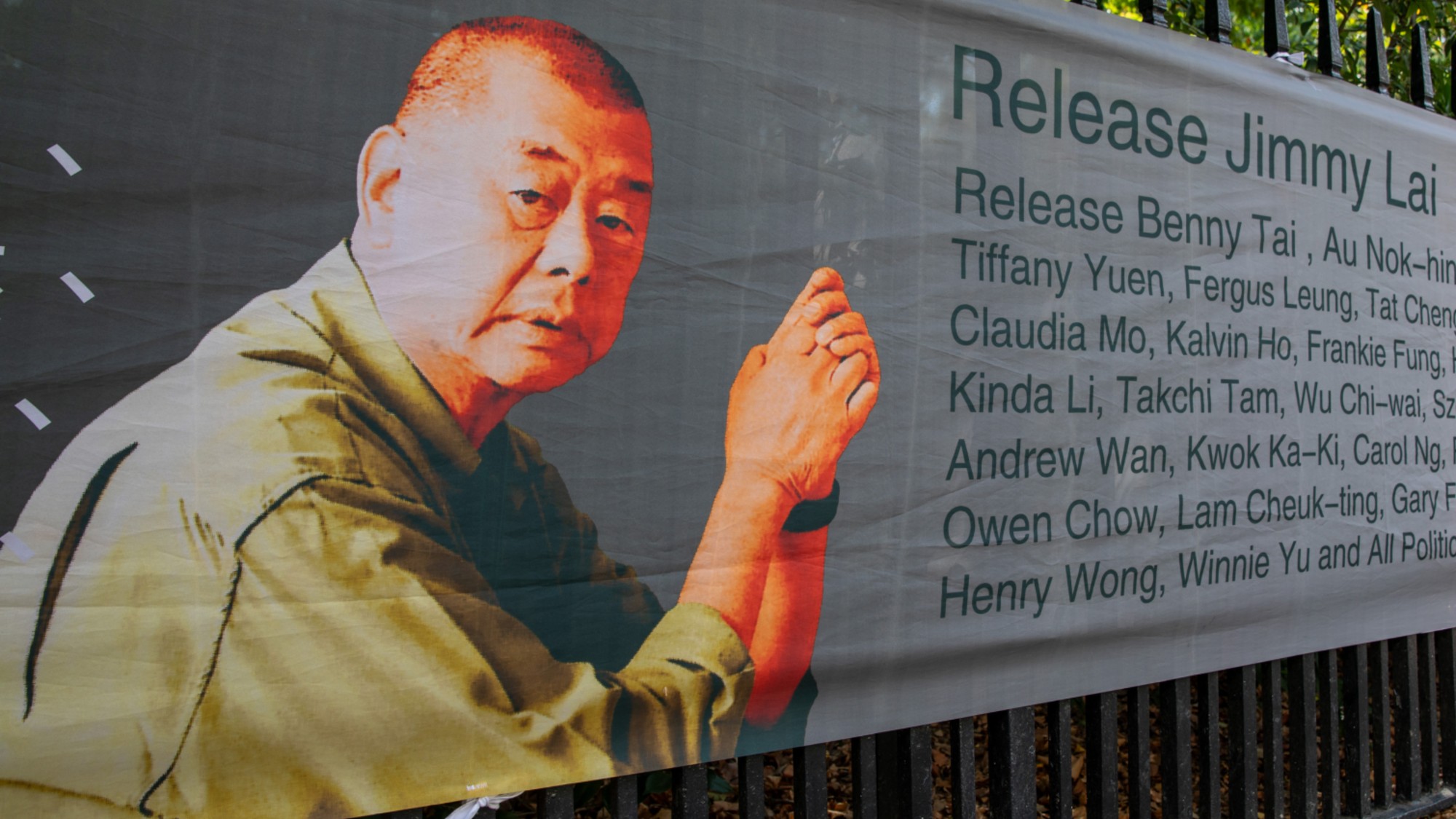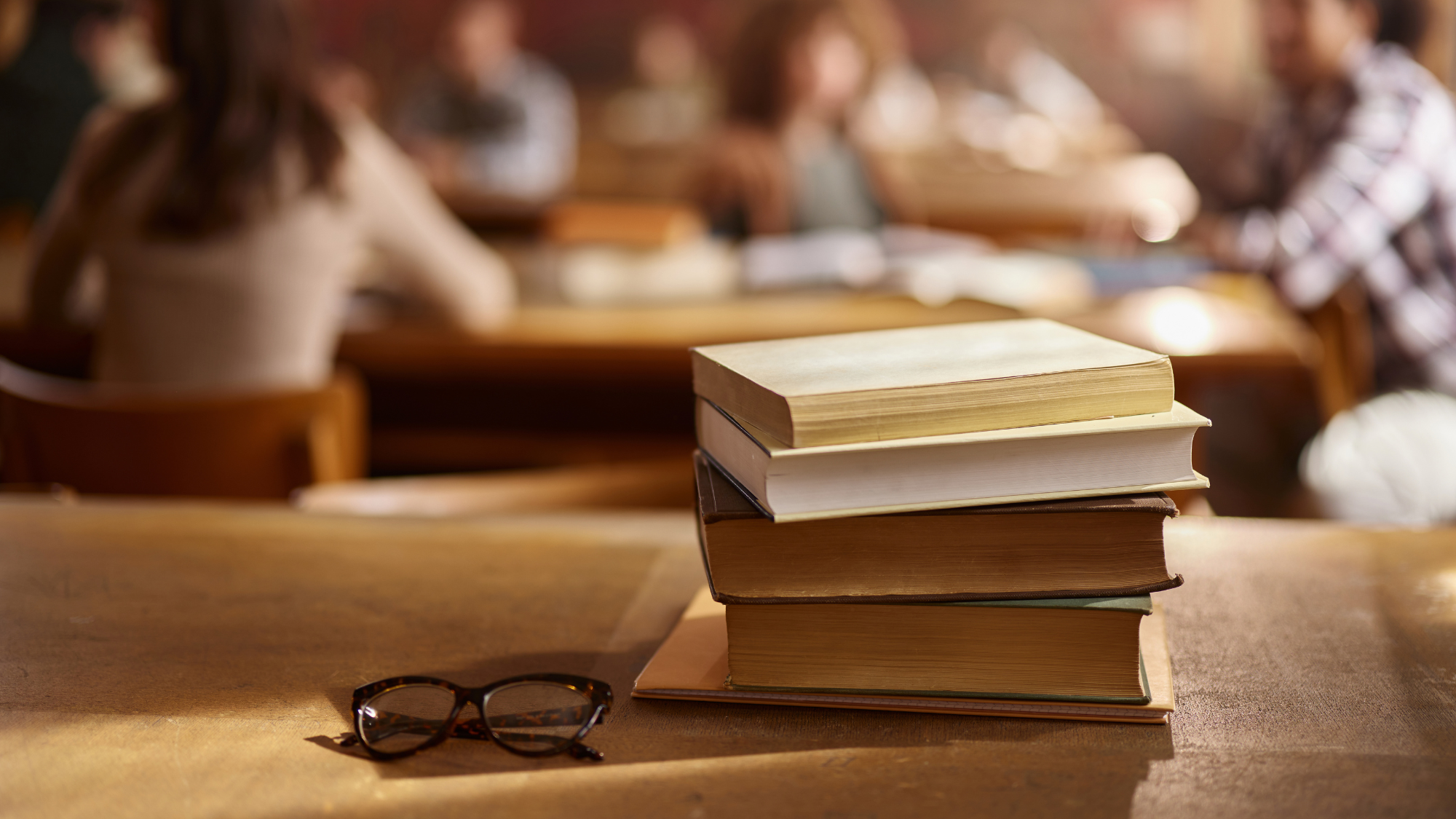Why coffee shortages won't change the price of your Frappuccino
You're so loyal to Starbucks — and the company knows it — that your daily serving of caffeine is already marked up beyond the reach of any fluctuations in supply


How much did you pay for your last cup of coffee, and what did you get for the price? Maybe it was $1 for a quick cup at one of those rickety carts that line the streets of Manhattan during commuting hours, a Styrofoam container of liquid that's hot and brown but little else. Or it could have been as much as $10 for a high-end cappuccino at Budin, a new Scandinavian cafe in Brooklyn that makes caffeine intake as complex as cocktails. But if you're like the millions of Americans who frequent Starbucks, the world's biggest coffee chain, every day, you probably paid somewhere in the middle, from $1.75 for a tall coffee to $4.65 for a venti caramel macchiato.
But those prices may have recently jumped. On July 21, Starbucks stores raised the price of its ground and whole-bean coffee by around eight percent, or $1 per bag, following up on a one-percent raise on in-store prices last month, an increase of 10 to 15 cents a drink. Given that over 70 percent of the company's revenue comes from beverages, that couldn't have been an easy decision to make. But Folgers, Kraft Food Groups, and Dunkin' Donuts have all raised their coffee prices over the past year as well. That's because coffee itself is becoming more expensive to buy wholesale, with prices jumping around 53 percent this year alone.
A drought in Brazil, the largest grower in the world, is cutting production by as much as a third, as well as impacting the overall quality of the beans. And coffee rust, a fungus that attacks coffee plants, is running rampant across Central America, cutting supply 15 percent over the past two years. "It is very close to crisis," Mark Visocky, the director of economic growth office for USAID in Guatemala, told NPR. The U.S. Department of Agriculture estimates a total annual production drop of 1.5 million bags, down to 147.8 million bags, in 2014-15.
The Week
Escape your echo chamber. Get the facts behind the news, plus analysis from multiple perspectives.

Sign up for The Week's Free Newsletters
From our morning news briefing to a weekly Good News Newsletter, get the best of The Week delivered directly to your inbox.
From our morning news briefing to a weekly Good News Newsletter, get the best of The Week delivered directly to your inbox.
This could all spell a disastrous year for Starbucks — but the Seattle-based company is two steps ahead. Starbucks has already locked in the prices for its 2014 supply of beans at favorable rates, meaning the burden will fall more heavily on producers than on the corporation. And customer loyalty at the chain is more than strong enough to withstand a dime increase in price. The same goes for coffee in general. "There's very low price-elasticity-of-demand for coffee," Paul Christopher, the chief international strategist at Wells Fargo Advisors, told Bloomberg. "Price-elasticity-of-demand" refers to how demand is impacted by a positive or negative change in price of a good — in this case, an increase in cost will cause little, if any, decrease in demand. Caffeine addicts will remain addicts.
And the coffee giant already adds a significant mark-up to most of its products, which is why the recent price change only affected plain coffee drinks — not dessert-like Frappuccino beverages, which were already overpriced. "Companies charge what the market will bear," writes Yahoo Finance's Jeff Macke. "Starbucks is betting its most loyal coffee junkies, specifically those ordering venti-sized vats of liquid speed, are willing to pay more."
The interesting thing about rising coffee prices is not how they're changing coffee supply and demand in the U.S., but how they aren't. "When you can't find cheap coffee anywhere it'll be inflation," Macke adds. "For now think of this as a luxury tax." Coffee can bear this variability in pricing in part because it's a luxury good, from bodega to-go sludge to Nordic cafes. Drinking a cup isn't, strictly speaking, necessary, but we do it to take part in a culture of coffee that has always been aspirational.
Imported from the Middle East, coffee was popularized in Europe over the course of the 17th century. Coffee houses became places where intellectuals and the well-to-do gathered to discuss the matters of the day — in 1663, the London diarist Samuel Pepys noted drinking "a dish of coffee" at the Royal Exchange, a center of commerce in the city, before heading home to dinner. (Pepys, like others of the time, took his coffee black; several weeks later in his diary he makes reference to a dish of coffee that was "was poorly made, with a little sugar in it.") That year, English coffee houses were taxed 12 pence as a license, according to Mary Goodwin's 1965 Coffee House Historical Report. At the time, a single dish of coffee cost one pence, plus a small fee for use of the space; the price rose to two pence in 1714 following an agreement among coffee house owners.
A free daily email with the biggest news stories of the day – and the best features from TheWeek.com
London's various coffee houses attracted select clientele. Some served the gentry, others merchants, and yet others booksellers. They were seen as cultural destinations, inspiring the term "penny university" for how they provided access to a crowd of caffeinated, talkative intellectuals for just the price of entrance. The beverage has maintained this aura of exclusivity, even if it only makes you feel smarter.
Experts split our experience of coffee over the past century into several "waves," each of which augmented the perception of coffee as a luxury good. The first wave, as defined by LA Weekly's Jonathan Gold, was the proliferation of Folgers in American kitchens over the first half of the 20th century (a cup of Chock Full o' Nuts coffee cost $0.35 in 1955). This was the era of coffee as fuel, "the best part of waking up." Then came the second wave in the 1960s and '70s, with the rise of intentionally upmarket coffee companies like Peet's and Starbucks that focused on procuring good beans and roasting them carefully (in its first year, Starbucks actually bought unroasted beans from Peet's). The third wave covers the arrival of shops — like Stumptown and Blue Bottle — that treated beans as a kind of farm-to-mug art form.
Cafes like Budin, that make Starbucks seem like an airport instant-coffee machine, might signify the fourth wave; and with beans carefully cultivated from specific vines on specific farms, we're paying a lot more than any corporate price increase for the pleasure of taking part. In fact, we've gone so far into the stereotype of coffee as conspicuous consumption that Matt Buchanan, an editor at The Awl, lamented the rise of "fake good coffee" in a recent article. These are "coffee shops that trade in the signs of 'good coffee' but in fact serve hot sewage," appropriating the signifiers of hipster coffee — raw wood tables, chalkboards, hemp bags from Peru on the walls — as a way to justify high prices without actually serving a decent flat white.
Hip baristas are likely to sneer at anyone asking for something as silly as a Frappuccino. Yet the very existence of a $10 Nordic brew of milk and espresso makes it easier to have mainstream customers paying half as much for a Starbucks concoction, a much higher price than the market might command without the added luxury aura. After all, coffee is culture.
Pacific Standard grapples with the nation's biggest issues by illuminating why we do what we do. For more on the science of society, sign up for its weekly email update or subscribe to its bimonthly print magazine.
More from Pacific Standard...
-
 Who is paying for Europe’s €90bn EU loan?
Who is paying for Europe’s €90bn EU loan?Today’s Big Question Kyiv secures crucial funding but the EU ‘blinked’ at the chance to strike a bold blow against Russia
-
 Quiz of The Week: 13 – 19 December
Quiz of The Week: 13 – 19 DecemberQuiz Have you been paying attention to The Week’s news?
-
 What’s causing the non-fiction slump?
What’s causing the non-fiction slump?In the Spotlight Readers are turning to crime fiction, romantasy and self-help books as a form of escapism